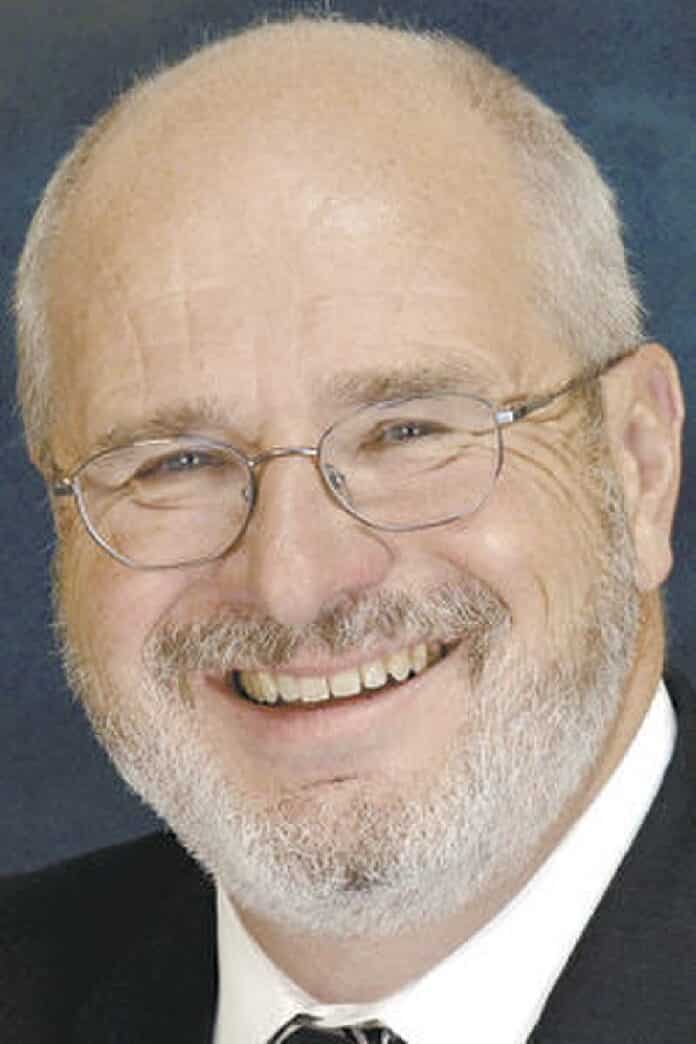INDIANAPOLIS — Calls come in.
Family members, friends and acquaintances say they have been laid off. Let go. Lost their jobs.
Their economic security is another casualty of the coronavirus pandemic. With businesses everywhere shut down and many of those that remain open seeing only a trickle where their revenue streams used to be, many employers are shedding staff to try to stay afloat.
“They told me they’d bring me back on when this is over,” one caller told me, “if they’re still in business when it ends.”
That sums it up.
He’s not alone.
Jobless claims are spiking in Indiana, just as they are everywhere in America. Even though Indiana’s unemployment insurance standards are more restrictive than most — meaning that it’s harder for Hoosiers who have lost their jobs to get help than it is for residents of other states — we’re still seeing the numbers grow by tens of thousands every week.
Across the United States, the numbers are in the millions.
And growing every bit as fast as the spread of the coronavirus.
How fast things have changed.
It was just a few weeks ago, even though it now seems much longer, that both Indiana’s and America’s employment numbers prompted elected officials to boast.
Indiana, in particular, had some reason to crow. The state’s jobs figures met some economists’ standards for what is considered full employment — meaning that those who were out of work either were in transition between jobs or had chosen, for whatever reason, not to work.
America’s numbers also were strong.
But there were signs of weakness and trouble even then.
The pandemic has shown a spotlight on those signs. It’s a cliché now to say that leaders don’t rise to meet the challenges presented by crises such as the present one, but that those crises reveal leaders’ dominant qualities — good and bad — that might be less apparent in more pleasant times.
Something similar happens with economic forces.
Even before the pandemic, Indiana was seeing something new.
Conventional wisdom had it that full employment was the cure for economic ills. Jobs were the answer to poverty.
But, even as Indiana reached full employment status and set records for the numbers of Hoosiers who were working, the poverty rates in the state remained stubbornly resistant to the jobs remedy. Between one in five and one in four children in Indiana live in poverty.
That number changed little even as the state recorded employment milestone after employment milestone.
Nationally, the picture was just as troubling.
Roughly 40 percent of Americans live in circumstances in which a $400 misfortune — an unforeseen medical bill, a car accident, etc. — would leave them homeless or in some other desperate circumstance.
It’s against that backdrop that the current disaster is unfolding.
Some theorists call this the development of an “hourglass” economy. By that, they mean that our once-robustly middle-class nation now is becoming one of haves and have-nots — with not a lot connecting the two ends of the hourglass.
How we function as a country in such circumstances will challenge us for decades to come.
But that’s the big picture.
Closer to home, we must think about our family members, our friends and acquaintances who likely will continue to suffer long after the medical threat from this pandemic has departed.
The federal government has agreed on a $2 trillion stimulus package that will provide some relief. But it really is just a band-aid. It will stop the bleeding for a short time, but the problems will remain unless we begin to think anew about our economic challenges and realities.
Until we do, the problems will persist.
And the calls will continue to come.
John Krull is director of Franklin College’s Pulliam School of Journalism and publisher of TheStatehouseFile.com, a news website powered by Franklin College journalism students. Send comments to [email protected].





